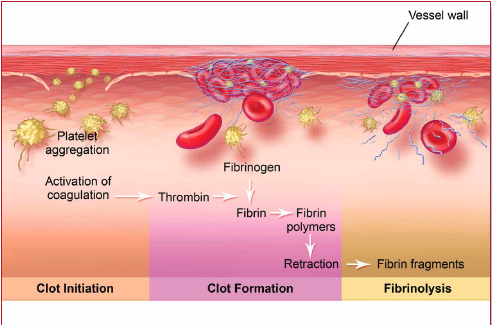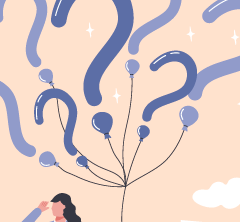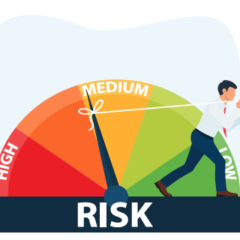Published on
How Your Body Makes a Clot: The Coagulation Cascade
Patients Are Asking: How Do Blood Clots Form in the Body?
Understanding the Coagulation Cascade
Blood clotting disorders occur when coagulation—the steps the body takes to make a clot—are disrupted. It’s important to learn about how this process normally works. Let’s get into it!
Why does my body need to make clots?
Sometimes blood vessels (veins or arteries) get damaged. This can occur due to an external injury like cutting your finger or an internal injury like tissue damage.
To stop the bleeding, your body creates a clot to plug up the damaged part of the vessel. Over time, the injury heals and the blood vessel functions properly again.
How does your body make a clot?
Coagulation is the process by which the body forms a thrombus, or clot. This series of steps is called the “coagulation cascade.” Several steps take place to make a clot and occur sequentially like dominoes falling in a sequence.
A clot is formed and regulated by four processes that occur in conjunction with each other:
- Vasoconstriction
- The blood vessel itself starts to squeeze down to reduce blood flow into the area and prevent blood loss.
- Platelet activation and aggregation (clumping together)
- Platelets, a type of cell that keeps the blood sticky, travel to the site of the injury. The platelets form an initial plug to stop the vessel from bleeding.
- Coagulation cascade
- In the “coagulation cascade,” proteins called “factors” and “enzymes”
pair together along a chemical pathway. At the end of the cascade, fibrin, a protein in the blood, is created. Fibrin makes a mesh that becomes the thrombus, or clot. This strong clot protects the vessel so it can start to heal.
- In the “coagulation cascade,” proteins called “factors” and “enzymes”
- Fibrinolysis
- This is the process that’s activated to prevent the clot from getting too big. It allows the clot to be dissolved slowly over time as the area heals and the clot is no longer needed.

What causes a blood clot?
The goal of the coagulation cascade is to keep the body in a state called “hemostasis” (“hemo” meaning blood and “stasis” meaning standing still) by creating a clot when there is an injury. But sometimes the coagulation cascade doesn’t work properly.
The body may make clots in blood vessels when there is no injury—this is called thrombosis.
On the other hand, sometimes the body cannot make a blood clot when there is an injury—this can cause bleeding disorders like hemophilia.
How do medicines prevent a blood clot from forming?
Medicines for blood clot disorders—anticoagulants or antiplatelets—are sometimes also called “blood thinners.” They work by keeping sticky substances in the blood (like platelets) from forming a clot. However, this process also lowers the body’s ability to make a clot when it needs to.
When taking blood thinners, you may experience bruising and bleeding more easily. It’s important to discuss this risk of bleeding with your healthcare team.
*Originally published in The Beat — April 2024. Read the full newsletter here.



